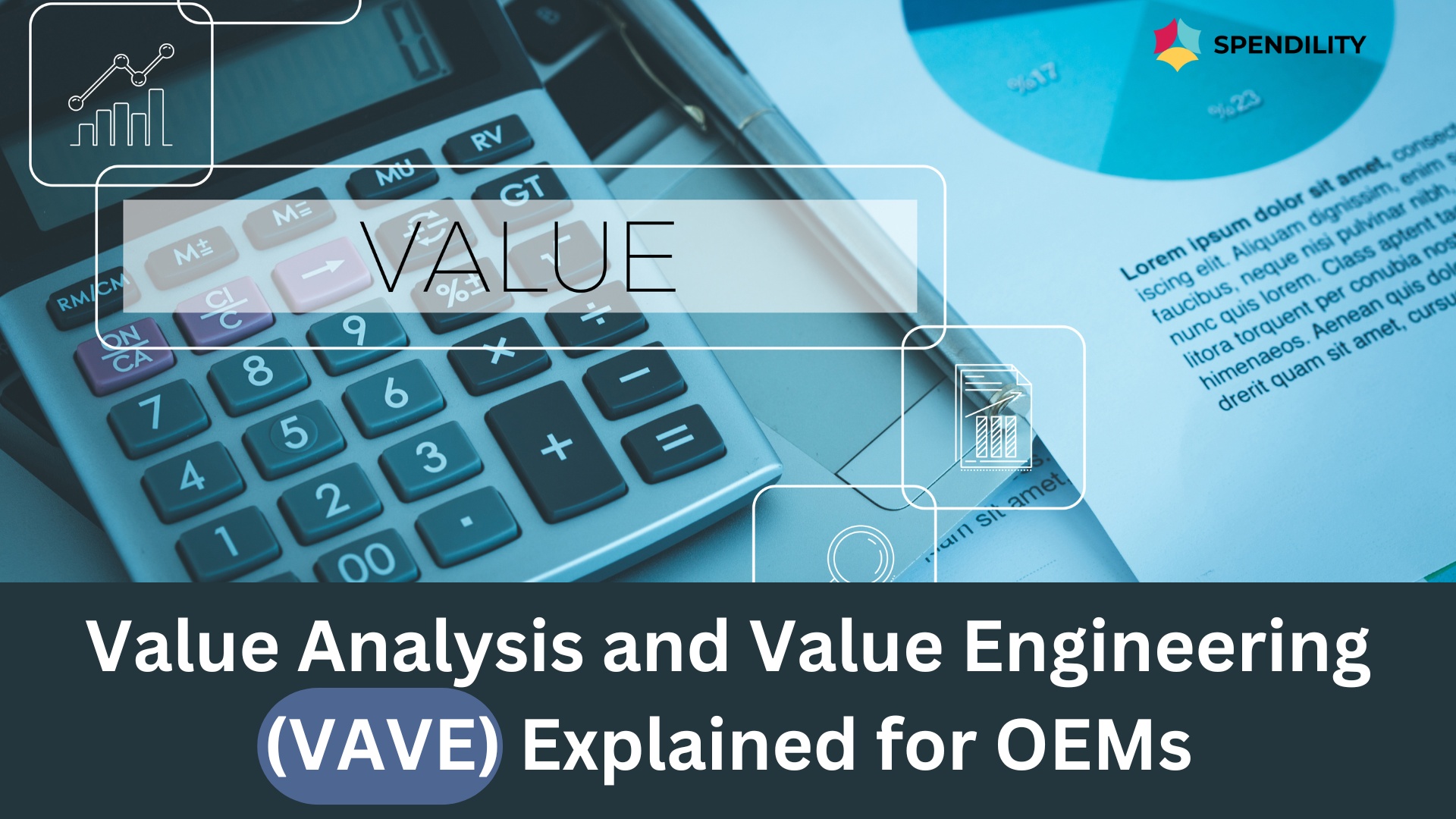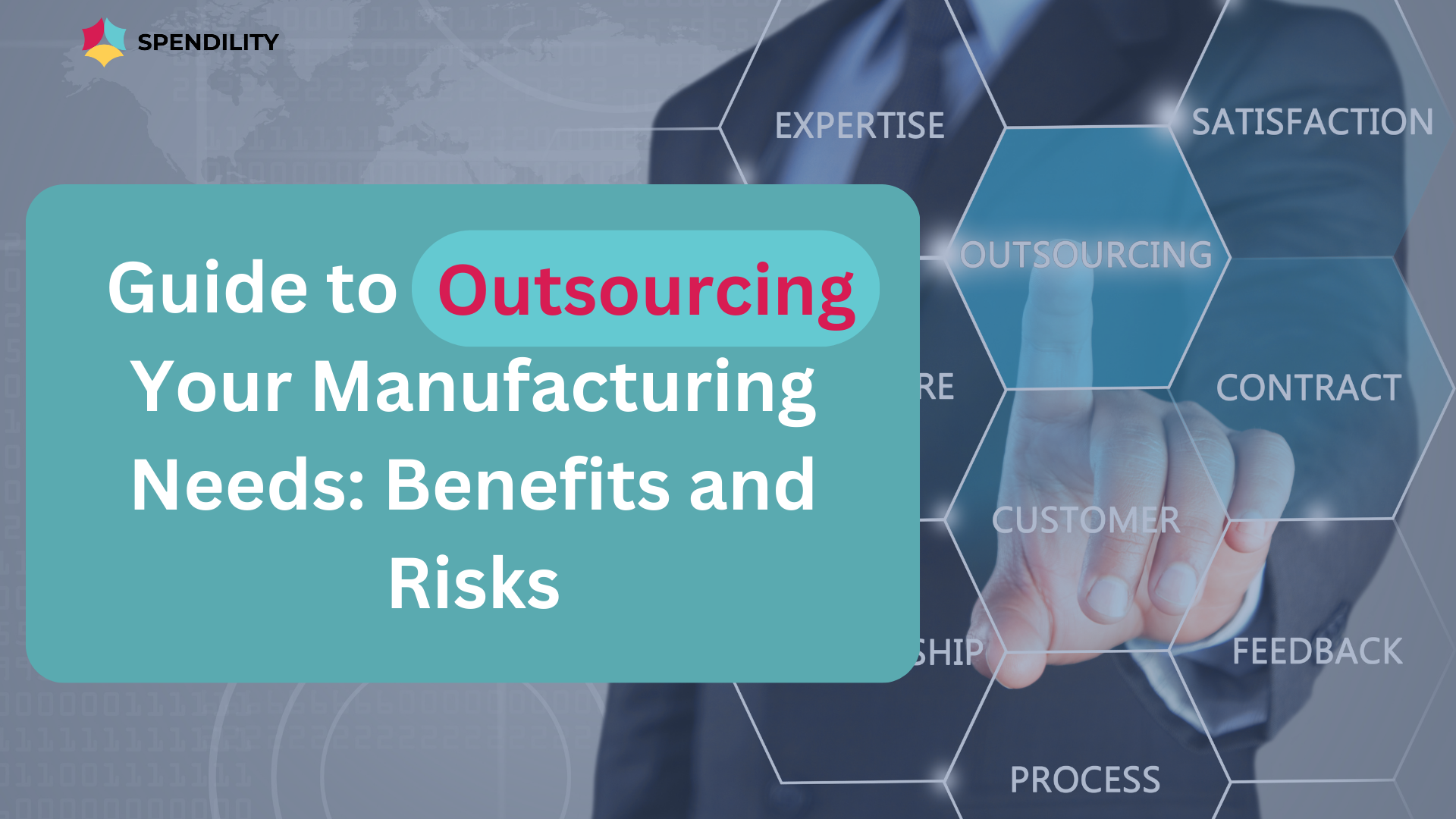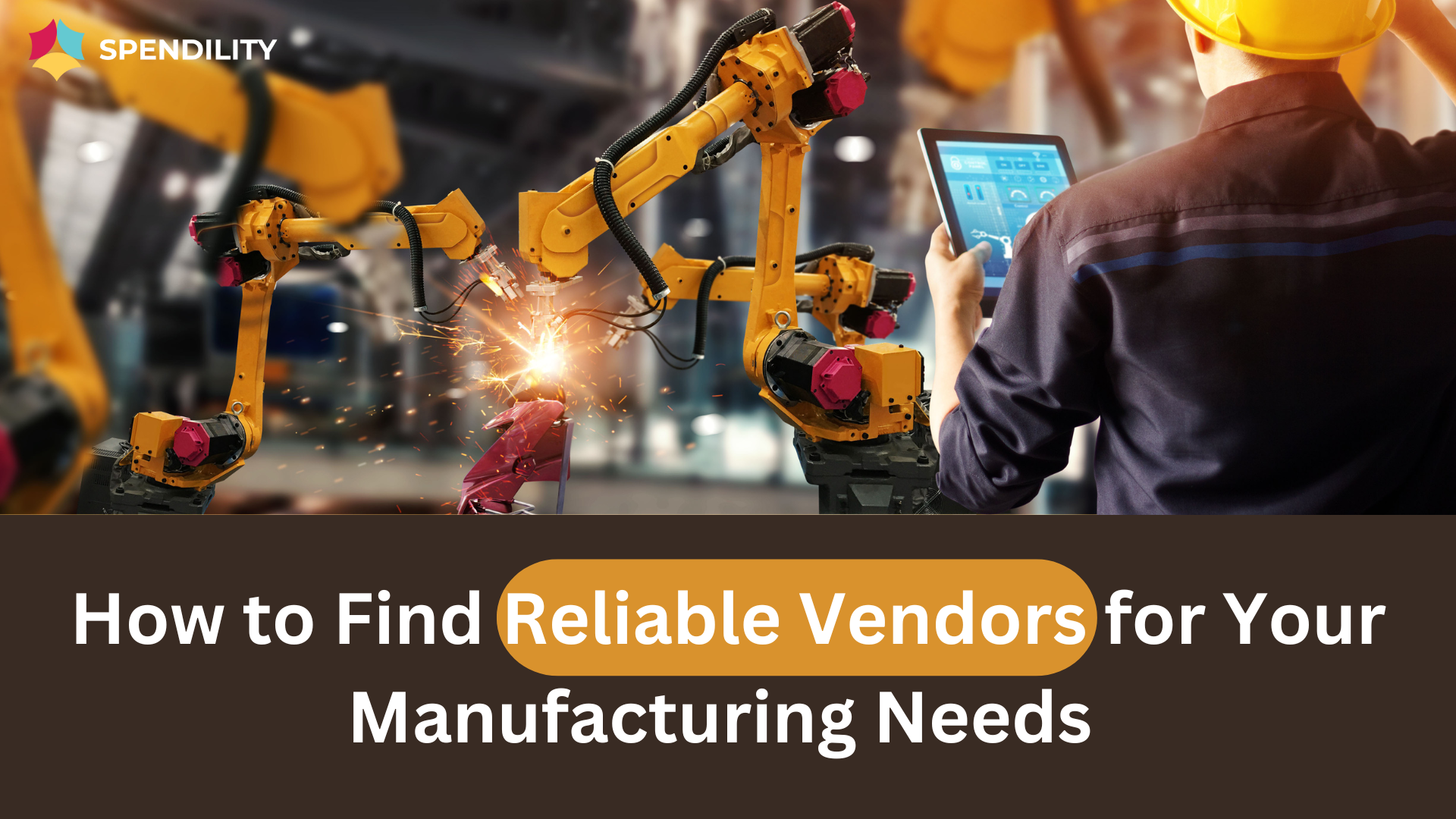Value Analysis (VA) and Value Engineering (VE), collectively known as Value Analysis and Value Engineering (VAVE), are systematic approaches used to improve the value of a product or process by examining its functions and seeking cost-effective solutions without compromising quality. For Original Equipment Manufacturers (OEMs), VAVE is a powerful tool to enhance product performance, reduce costs, and increase competitiveness in the market. This article will delve into the concepts, benefits, implementation strategies, and real-world examples of VAVE for OEMs.
Understanding VAVE
Value Analysis (VA)
Value Analysis is a methodology that focuses on improving the value of a product by analyzing its functions and identifying areas where costs can be reduced without affecting quality or performance. It involves a thorough examination of the product’s components, materials, and manufacturing processes to find opportunities for cost savings and efficiency improvements.
Value Engineering (VE)
Value Engineering, on the other hand, is a proactive approach applied during the design phase of a product. It aims to enhance the product’s value by optimizing its design, materials, and manufacturing processes. VE seeks to achieve the desired functions at the lowest possible cost while maintaining or improving quality and performance.
Benefits of VAVE for OEMs
Cost Reduction
One of the primary benefits of VAVE for OEMs is cost reduction. By identifying and eliminating unnecessary costs, OEMs can produce high-quality products at a lower cost, leading to increased profitability and competitive pricing.
Improved Product Quality
VAVE helps OEMs enhance product quality by ensuring that all components and processes are optimized for performance and efficiency. This results in products that meet or exceed customer expectations, leading to higher customer satisfaction and loyalty.
Innovation and Competitive Advantage
By continuously analyzing and improving their products, OEMs can stay ahead of the competition. VAVE encourages innovation by challenging traditional design and manufacturing methods, leading to the development of new and improved products.
Enhanced Collaboration
Implementing VAVE involves cross-functional collaboration among various departments, including design, engineering, procurement, and manufacturing. This fosters a culture of teamwork and knowledge sharing, leading to more effective problem-solving and decision-making.
Implementing VAVE in OEMs
Step 1: Define Objectives and Scope
The first step in implementing VAVE is to define the objectives and scope of the analysis. This includes identifying the products or processes to be analyzed, setting clear goals for cost reduction and quality improvement, and establishing a timeline for the project.
Step 2: Assemble a Cross-Functional Team
VAVE requires input from various departments, so it’s essential to assemble a cross-functional team with representatives from design, engineering, procurement, manufacturing, and quality assurance. This team will be responsible for conducting the analysis and implementing the recommendations.
Step 3: Gather and Analyze Data
The next step is to gather detailed data on the product or process being analyzed. This includes information on materials, components, manufacturing processes, and costs. The team will then analyze this data to identify areas where costs can be reduced without compromising quality.
Step 4: Identify and Evaluate Alternatives
Once the data has been analyzed, the team will brainstorm and evaluate alternative solutions for reducing costs and improving value. This may involve redesigning components, substituting materials, or optimizing manufacturing processes. Each alternative should be evaluated based on its impact on cost, quality, and performance.
Step 5: Develop and Implement Recommendations
After evaluating the alternatives, the team will develop a set of recommendations for improving the value of the product or process. These recommendations should be documented in a detailed report and presented to management for approval. Once approved, the recommendations should be implemented, and the results monitored to ensure that the desired outcomes are achieved.
Step 6: Monitor and Review
VAVE is an ongoing process that requires continuous monitoring and review. The team should regularly assess the effectiveness of the implemented changes and make further improvements as needed. This ensures that the product or process continues to deliver maximum value over time.
Real-World Examples of VAVE in OEMs
Automotive Industry
In the automotive industry, VAVE has been widely used to reduce the cost of manufacturing vehicles while maintaining high standards of quality and safety. For example, an automotive OEM might use VAVE to identify cost-effective materials for interior components or to streamline the assembly process to reduce labor costs.
Electronics Industry
In the electronics industry, VAVE can help OEMs reduce the cost of producing consumer electronics by optimizing the design and manufacturing processes. For instance, an electronics OEM might use VAVE to redesign a circuit board to use fewer components, resulting in lower production costs and improved reliability.
Aerospace Industry
Aerospace OEMs use VAVE to enhance the performance and reduce the cost of aircraft components. By analyzing the functions of various parts and identifying opportunities for weight reduction and material substitution, aerospace OEMs can produce lighter, more fuel-efficient aircraft that meet stringent safety standards.
Challenges and Best Practices
Overcoming Resistance to Change
One of the challenges in implementing VAVE is overcoming resistance to change within the organization. Employees may be reluctant to adopt new methods or technologies, especially if they are accustomed to traditional ways of working. To address this, it’s important to communicate the benefits of VAVE clearly and to involve employees in the decision-making process.
Ensuring Data Accuracy
Accurate data is critical for the success of VAVE. Inaccurate or incomplete data can lead to incorrect conclusions and suboptimal solutions. OEMs should invest in robust data collection and analysis tools to ensure that they have reliable information for decision-making.
Balancing Cost and Quality
While the primary goal of VAVE is to reduce costs, it’s important not to compromise on quality. OEMs should carefully evaluate the impact of any cost-saving measures on the overall quality and performance of the product. The focus should always be on delivering maximum value to the customer.
Fostering a Culture of Continuous Improvement
VAVE should be seen as an ongoing process rather than a one-time project. OEMs should foster a culture of continuous improvement, where employees are encouraged to regularly identify and implement value-enhancing initiatives. This requires strong leadership and a commitment to innovation and excellence.
Conclusion
Value Analysis and Value Engineering (VAVE) offer significant benefits for Original Equipment Manufacturers (OEMs), including cost reduction, improved product quality, and enhanced competitiveness. By systematically analyzing and optimizing their products and processes, OEMs can deliver greater value to their customers and achieve sustainable growth in a competitive market. Implementing VAVE requires a structured approach, cross-functional collaboration, and a commitment to continuous improvement. With the right strategies and tools, OEMs can harness the power of VAVE to drive innovation and success in their industry.
Contact Spendility today for a free consultation and discover how Our team of experts can take up your VA/VE projects to deliver innovation with cost optimization, localization and standardization.








